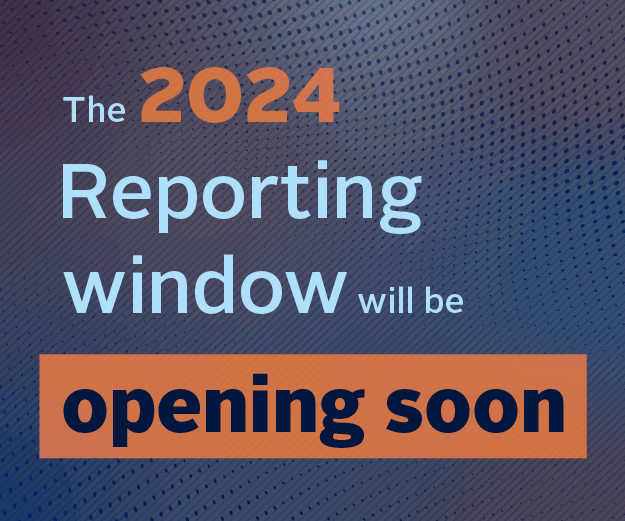ESG factors are not new to credit risks analysis, but ESG as a systematic analysis framework is.
As a result, the roundtables focused largely on the challenges that practitioners are encountering as they try to make these considerations more explicit or rigorous.
Importantly, the debate started to help clarify that incorporating ESG consideration in credit risk analysis should not be confused with investment strategies that target social or environmental returns in addition to a financial return (through impact investing, for example), or those that are dictated by thematic strategies or screening rules aligned with investor beliefs.
Rather, the roundtables discussed how ESG consideration is a framework that helps investors to price, and CRAs to rate, risks accurately. It can be used as a portfolio optimisation tool in mainstream FI investing and not necessarily as a strategy, as practitioners fulfil their accountability, due diligence and fiduciary duties. The credit risk/return may be attractive, even once relevant ESG consideration is factored into cash flow projections and the discount rate.
The two approaches are not mutually exclusive, though. Indeed, for some roundtable participants, ESG integration in mainstream investing is the result of an evolutionary process which began with rules-based investing.
As a starting point, the discussions were structured around the four main investor-CRA disconnects which part one highlighted:
1. Materiality of ESG factors to credit risk
2. Relevant time horizons to consider
3. Organisational approaches to ESG consideration
4. Communication and transparency
During the discussions, it emerged that, more than just disconnects, these are challenges shared by credit practitioners on both sides.
When collecting feedback at the end of the sessions, views on the value of the events included:
- having the time and space to articulate – among peers – how ESG factors impact credit risk;
- observing that practitioners face similar difficulties;
- engaging directly with CRAs and learning about their new resources, and for CRAs to better understand the needs of investors; and
- for AOs, providing necessary background against which to ask AMs more insightful questions.
The regional perspective
Regionally, the biggest surprise was how quickly this topic is gaining traction in North America. In Canada, investor awareness has been increasing over the years and is now coupled by recent regulatory changes. In the US, competitive issues driven by client demand also appear at play. This is encouraging, as North America is home to large AOs and some of the world’s biggest FI investment managers. Furthermore, it has a comparatively bigger and more liquid bond market.
Having started considering ESG factors earlier than elsewhere in Europe, French, Dutch and Nordic investors are comparatively more advanced. In France, the integration process has been spurred by investor reporting obligations under Article 173 of France’s law on energy transition for green growth. In Sweden and in the Netherlands, normative-based approaches have been the precursor of more mainstream ESG investing and engagement practices are more established.
Finally, the Sydney roundtable registered the highest number of AOs. Their contribution highlighted that AOs are not yet clear about what to ask external FI managers about their approach to ESG consideration when they appoint them, nor how to ensure they comply with ESG policies. Many admitted that ESG consideration in credit risk is a new area and are requesting guidance.
Download the full report
-

Shifting perceptions: ESG, credit risk and ratings – part 2: exploring the disconnects
June 2018
ESG, credit risk and ratings: part 2 - exploring the disconnects
- 1
- 2
- 3Currently reading
Exploring the disconnects
- 4
- 5
- 6
- 7
- 8
- 9
- 10






















